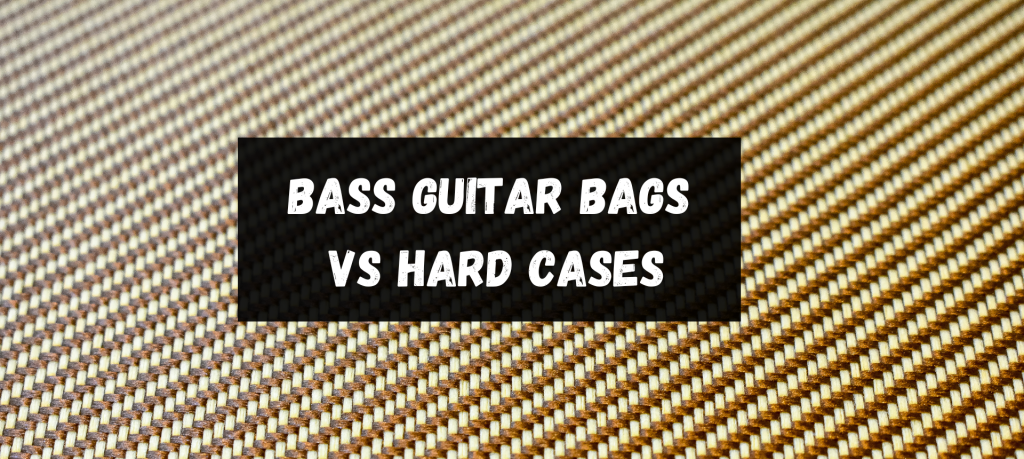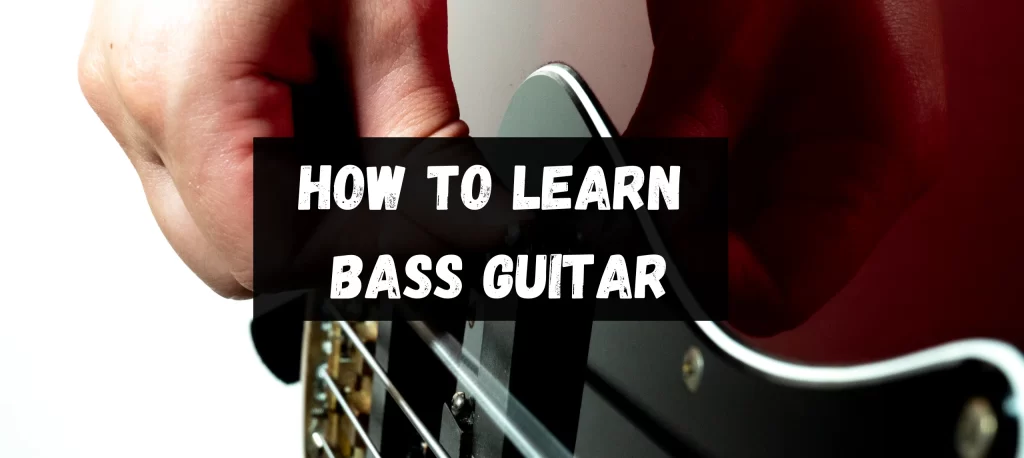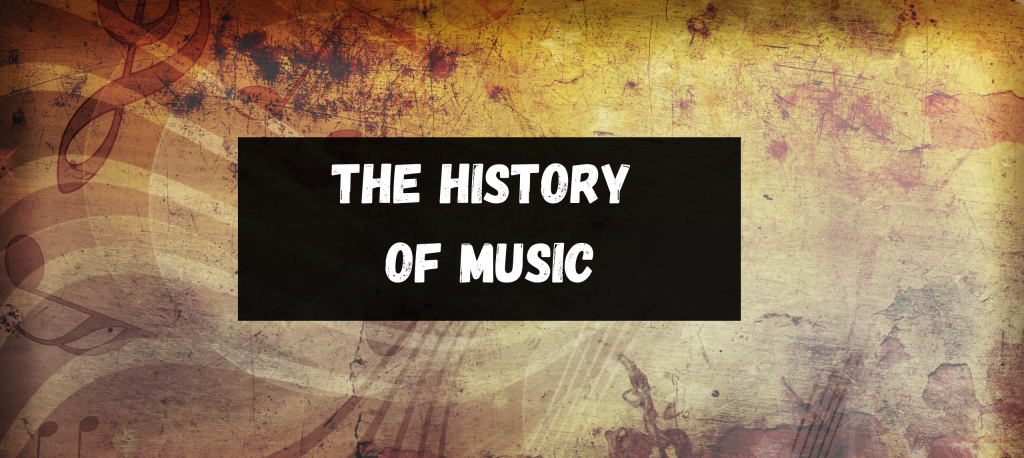August 23, 2023
Howard
Surf rock is a musical genre originating from Southern California in the early 1960s, characterised by its reverb-heavy guitar riffs and melodies that evoke the feel of coastal life and surfing culture. Drawing inspiration from the burgeoning surf scene, it combines energetic rhythms with instrumentals, often mimicking the sound of crashing waves. Iconic bands like The Beach Boys further popularised the genre, infusing vocal harmonies with themes of sun, sand, and surf adventures.
In the sun-soaked annals of musical history, few genres capture the carefree spirit of coastal life like surf rock. This compelling blend of reverb-laden guitar riffs and toe-tapping rhythms has become synonymous with sun, sand, and spirited adventures on the Pacific shores. But what truly defines this sun-drenched sound, and how did it ride its wave to international acclaim?
Dive into our exploration of surf rock’s pulsating heart as we traverse its vibrant origins, iconic anthems, and the legendary artists who gave it a voice. As the tides of time ebb and flow, surf rock remains an enduring testament to a bygone era of youthful exuberance and endless summers. Stay with us, for we have a thrilling musical journey ahead that promises to unveil the very essence of this captivating genre.
The Essence of Surf Rock
As the sun dipped low over golden Californian beaches, a distinct sound emerged that would define a generation. Surf rock, with its mesmerising guitar riffs and heady rhythms, captured the essence of coastal living. But how did this genre come to be, and what makes it so evocative of its birthplace?
Origin and Evolution
The 1960s was a time of experimentation and rebellion, with music as its centrepiece. Surf rock sprouted as an instrumental genre, with bands crafting sounds that mirrored the rush of riding a wave. Early pioneers employed reverb-laden guitars to produce echoing melodies, giving listeners a sense of vast ocean expanses and the thrill of surfing. As the decade progressed, the genre began integrating vocal harmonies, blending the excitement of beach life with tales of youthful adventures.
Southern California’s Impact and Surf Culture Connection
There’s no separating surf rock from its Californian roots. The sandy beaches of Southern California weren’t just sunbathing spots; they were the heart and soul of a burgeoning surf culture. As surfing gained popularity, the culture seeped into music, with local bands seeking to encapsulate the essence of a day at the beach. These melodies weren’t just about the sport but the entire lifestyle – the camaraderie, the beach parties, and that unmatched feeling of freedom. Dive deeper with us as we continue exploring this iconic genre’s intricacies. And trust us; you’ll almost feel the sea spray on your face by the end.
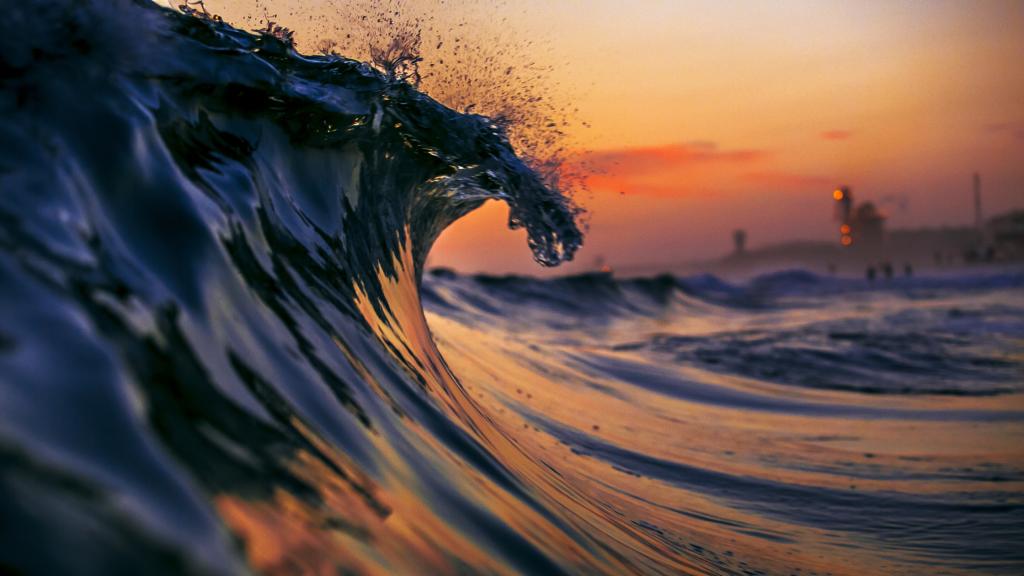
Tuning into the Instrumental Tides
In the boundless ocean of music genres, surf rock stands out with its musical ebbs and flows. This section is an ode to the instrumental underpinnings that gave surf rock its unique character. But beyond the instrumental, surf rock’s connection with pop brought new dimensions and melodies that you’d often find yourself humming along to.
The Significance of Surf Instrumental Music
Before lyrics ever depicted tales of beach escapades, surf instrumental set the scene. The relentless strumming of electric guitars, punctuated with reverb, brought to life the rush of catching a wave and the tranquillity of an ocean at dusk. Such music had an uncanny ability to transport listeners straight to sun-kissed beaches, with the rhythmic beats mimicking heartbeats in anticipation of the next big wave. A powerful narrative tool, the instrumental pieces became anthems of an era, shaping the very heartbeat of Californian surf culture.
Pop Infusions: The Rise of Surf Pop
While the instrumental versions ruled the roost, the 60s witnessed a fascinating merger – surf rock embracing the infectious charm of pop. This blend led to a broader appeal, as bands infused their oceanic tunes with vocal harmonies, delivering catchy choruses that resonated with both surfers and non-surfers alike.
Embracing Ballads and Dance Tunes
Amidst the energetic tracks, surf pop didn’t shy away from slowing things down. Ballads graced the scene, offering heartfelt tales of summer romances and sunsets shared. Concurrently, dance tunes emerged, ensuring beach parties were abuzz with vigorous moves and rhythms that got even the most reluctant dancer tapping their feet. These varied adaptations showcased the genre’s versatility, reaffirming its spot in the annals of music history.
The Titans of Surf Rock
As we ride the exhilarating waves of surf rock, it’s impossible not to acknowledge the maestros who crafted its melodies. These iconic bands shaped the genre and left an indelible mark on music history. Journey with us as we delve into the legacies of the true titans of surf rock.
Icons of the Genre:
- The Beach Boys: Beyond “Surfin’ Safari”: Doubtlessly one of the genre’s most influential bands, The Beach Boys weren’t just about catchy summertime anthems. Their intricate harmonies, innovative production techniques, and the genius of Brian Wilson elevated them, presenting the world with a rich tapestry of sounds that encapsulated the Californian dream.
- The Surfaris and the Timeless “Wipe Out”: Best recognised for their unmistakable hit “Wipe Out”, The Surfaris crafted a sound so emblematic that it became synonymous with sun, sea, and sand. That iconic drum solo wasn’t just a rhythm; it was the heartbeat of a generation.
- Jan and Dean’s Coastal Tunes: Jan and Dean, with their musical renditions, effortlessly painted pictures of Californian beaches and cruising highways. Their songs weren’t just tracks; they were coastal anthems that resonated deeply with the free spirit of the 60s.
- Dick Dale & His Del-Tones: The Guitar Maestro: Dick Dale wasn’t just a musician but a force of nature. His rapid guitar picking technique, infused with Eastern musical scales, gave surf rock its definitive electric sound, cementing his title as the “King of the Surf Guitar”.
- The Astronauts and Their Stellar Sound: Hailing from Colorado, a place far from the beaches of California, The Astronauts still managed to capture the spirit of surf rock with impeccable precision. Their unique reverb-laden sound transcended geographical boundaries, proving that surf rock was not just a genre but a feeling.
- The Trashmen: Beyond “Surfin’ Bird”: Though widely recognised for “Surfin’ Bird”, The Trashmen brought more to the sandy table. Their infectious energy and raw sound captured the wild essence of beach parties and the liberating spirit of the surf.
- The Harmonies of The Chantays: Best known for their hit “Pipeline”, The Chantays crafted melodies that echoed the soul of surfing. Their tunes weren’t just for those riding waves but for anyone who yearned for the ocean’s embrace.
- The Challengers: Pioneers of the Sound: Their innovative takes on famous tracks played a crucial role in defining the early surf rock sound. Their renditions were not mere covers but reinventions, breathing new life into known melodies.
- The Cosmic Beats of Man Or Astro-Man? Taking surf rock to interstellar realms, Man Or Astro-Man? Blended the traditional with the futuristic. Their cosmic tunes, sprinkled with science fiction, showcased the genre’s adaptability and endless horizons.
- La Luz: Modern Waves in Surf Rock: Surf rock isn’t confined to history. Bands like La Luz carry its torch into modern times, merging classic surf sounds with contemporary nuances, proving the genre’s timeless appeal.
Top Tracks that Defined the Genre
Surf rock, with its sun-soaked melodies and shimmering guitar riffs, has given us tracks that aren’t just music to our ears but are soundtracks to countless summer memories. But which tunes truly captured the essence of the crashing waves and the golden sands? Let’s dive into the tracks that defined a generation and continue influencing artists today.
From “Surfer’s Slide” to the Legendary “Wipe Out”
The very mention of “Surfer’s Slide” evokes images of longboards and endless coastlines, a testament to the power of the genre. But as we coast along the rich timeline of surf rock, one cannot overlook the colossal impact of the legendary “Wipe Out”. A tune that’s become synonymous with surf culture, it’s a track that sends an immediate rush, much like catching that perfect wave.
A Journey Through Top Surf Rock Anthems
The genre’s vast expanse is dotted with gems that encapsulate the very spirit of the beach. From the dreamy reverberations of “Moon Dawg!” by The Gamblers to the infectious energy of “Walk, Don’t Run” by The Ventures, each anthem offers a unique ride. Then there’s the timeless allure of tracks like “Pipeline” by The Chantays and “Surfin’ Safari” by The Beach Boys, which have not only defined surf rock but have also effortlessly transcended decades, resonating with old souls and new listeners.
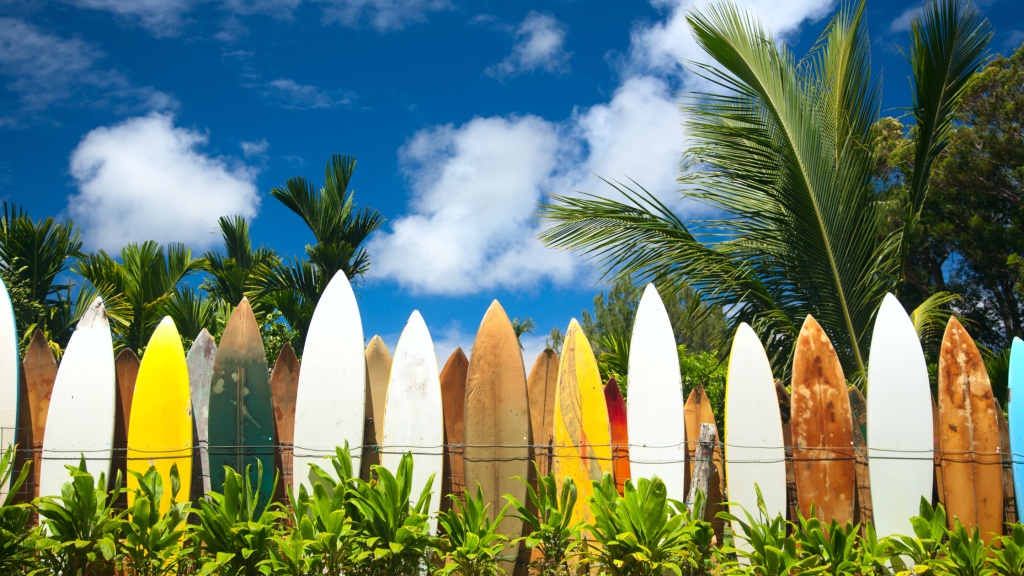
Broadening Horizons: Surf Rock’s Global Reach
The echoing riffs of surf rock, originally resonating from sunny Californian beaches, didn’t just stay confined to its golden coasts. Much like a tidal wave, the genre surged across continents, making quite a splash in music scenes. As we ride this global wave, we’ll uncover how surf rock resonated beyond American shores and became a worldwide phenomenon.
Surf Music: The International Sensation
While surf rock’s heart beats loudest in Southern California, its soul has been embraced by countries across the globe. From the UK’s underground clubs to Australia’s beach festivals, the unmistakable guitar twangs found eager audiences far and wide. This international love affair wasn’t just a fleeting summer romance but a passionate and enduring relationship that birthed unique adaptations and interpretations of the classic surf rock sound.
Notable Performances and Festivals
As the surf rock wave travelled, it birthed many festivals and iconic performances. For instance, Spain’s Surfer Joe Summer Festival became an epicentre for enthusiasts. Japan, with its sprawling coastline, not only adopted the sound but infused it with its cultural nuances, creating an entirely new sub-genre. These global gatherings celebrated the classics and ushered in a new era of surf-inspired tunes.
Woodstock and its Connection with Surf Rock
Mention ‘Woodstock’, and the mind immediately conjures images of peace, love, and revolutionary music. But amidst the rock legends and folk heroes, surf rock, too, found its voice. Though not the predominant genre, its influence was palpable, with various artists giving nods to the sun-drenched vibes of California. In its embrace of diverse sounds, the festival highlighted the versatility and universal appeal of surf rock.
Riding the Modern Wave
While the golden age of surf rock may harken back to the ’60s, its spirit is far from being a relic of the past. The genre’s undulating rhythms continue reverberating in today’s music scene, influencing new generations and intertwining with contemporary sounds. As we navigate these modern waters, let’s explore how the sun-kissed melodies of yesteryears are being reimagined today and how you can ride this wave in your projects.
Where is Surf Rock Now? Current Scenes and Artists
No longer just the soundtrack to Californian summers, surf rock has found fresh shores and new enthusiasts in the 21st century. Today’s artists, while paying homage to the pioneers, are infusing the genre with elements from indie, punk, and even electronic music. Though varied in their approach, bands like La Luz and Khruangbin carry the unmistakable echo of surf rock in their tunes. Furthermore, urban hubs across the globe, from London’s trendy East End to Melbourne’s vibrant live music scene, are witnessing a revival of surf rock nights and dedicated venues.
Integrating Surf Rock in Contemporary Creative Projects:
Given its evocative nature, surf rock can be a brilliant addition to various creative endeavours. Whether you’re curating a playlist for a beach-themed event, scoring a film set against a coastal backdrop, or crafting a summer advertising campaign, this genre offers a timeless appeal.
Tips and Tricks for Modern Usage
- Embrace Authenticity: While it’s tempting to go full retro, contemporary projects benefit from a balance between classic surf sounds and modern musical elements.
- Explore Sub-genres: Dive into the rich tapestry of surf rock. From surf-punk to psych-surf, the genre’s offshoots can bring unique flavours to your project.
- Lyrics Matter: If creating original content, remember that modern surf rock isn’t just about beaches and waves. Inspired by current themes, contemporary lyrics can resonate more with today’s audience.
Epilogue: The Endless Summer of Surf Rock
The sun may set, but the allure of surf rock remains unwavering, casting an evocative glow reminiscent of a sun-kissed Californian beach at dusk. As we wrap up our journey, tracing the crests and troughs of this iconic genre, we discover that its music continues to inspire, echoing in the most unexpected corners of the world.
From the euphoric tunes of the 60s to its modern reinterpretations, surf rock’s essence remains unchanged: a free-spirited celebration of life, nature, and adventure. It’s a genre that has not only withstood the test of time but has also effortlessly weaved its way into modern culture, influencing films, fashion, and a host of contemporary music genres. Its unique blend of spirited guitar riffs and laid-back vibes continues to be the lifeblood for many artists and enthusiasts, ensuring its legacy is nowhere near fading.
The journey continues for those captivated by the tales and tunes of surf rock. Delve deeper into its golden archives, discover underground bands, or pick a guitar and strum out a tune. With countless albums, live performances, and documentaries dedicated to this genre, there’s a vast ocean waiting to be explored.
Ever wondered, what is rock music?
Would These Be Up Your Alley?

Howard Head
I turn confused bass enthusiasts into bass gods through a simple and logical process.





